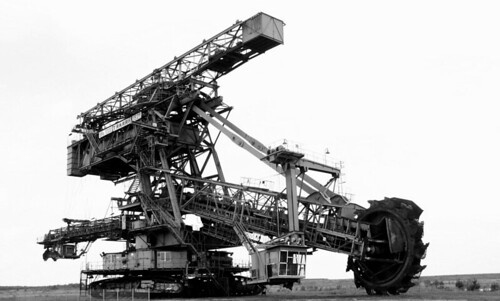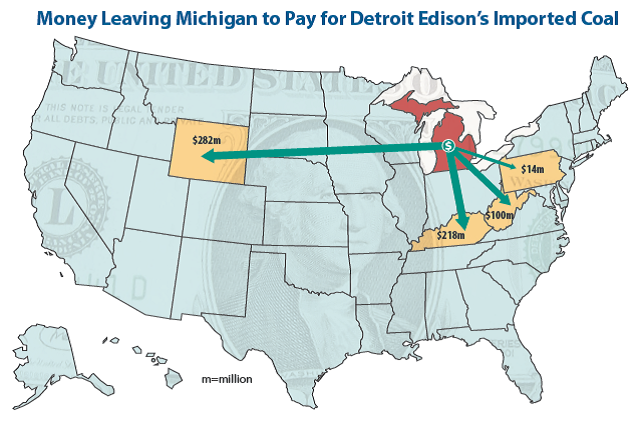Life has lots of little frustrations, and yet we see everywhere people making choices that add to their burdens. There are lots of reasons for consciously picking the wrong tool for the driving job. Perhaps the wrong car was marketed well. Maybe there's a stigma attached to using the right car. But most of the time, folks simply think they need a big honkin' swiss army knife on wheels.
This perception problem that stands in the way of the electric vehicle is what I call the 1% problem. People today buy cars (or more likely trucks) that fill every perceived need they could possibly encounter. To give an example, here's my own diverse list of things I need to consider when buying a car:
I have a wife, a kid, and a dog, and I take them all on road trips about 5 hours each way in the summer. We live in Michigan, and the snow has been terrible lately. And I do lots of home improvement projects that involve hauling lumber and stuff. I drive about 30 miles round trip to work, our folks are about 25 miles away, and we have friends that we see regularly that live a good hour away by freeway.
Add it all up and you might expect to find me in this:
 |
| 2013 Ram BFT edition |
While the BFT is freaking incredible for the 1% of the time we're hauling lumber 350 miles, driving through a 20 inch blizzard, or vacationing with all our worldly possessions and extended family, it's probably about the worst tool for the daily commute. It sucks trying to park in city lots, it's expensive, and it would cost me about $20 in gas just to go see the in-laws.
The best truck is a borrowed one.
The best truck is a borrowed one.
So often, people get trapped in these monstrosities because they think they need a vehicle (or two!) that will fulfill the most extreme 1% of their use, so 99% of the time we're driving something that's ungainly, and bleeding our bank accounts dry. A mid-sized electric car, while it can't possibly fulfill every need of the suburban commuter, is perfect for 99% of trips.
But this is real life, not a mental exercise. What do you do when you encounter that 1% problem? In our case, we have a second car, a Honda Fit.
It's no bigger than my Nissan Leaf, but it does have a gas engine in case we need to go further. Add a rooftop cargo box and you can even fit all the family's stuff for a weekend trip. Remember, people have been taking road trips in things much smaller and less comfortable for decades. It's only recently that our lardy American asses demanded something that sat 8, with TV screens and cupholders galore.
 |
| Cute, but even I will agree this looks like a bad idea. |
But! Your spouse isn't adventurous, or packs, well, everything. Hell, you need to pick up some lumber this weekend! There's a simple answer for that too, and it's only going to cost you about $30 a day.










